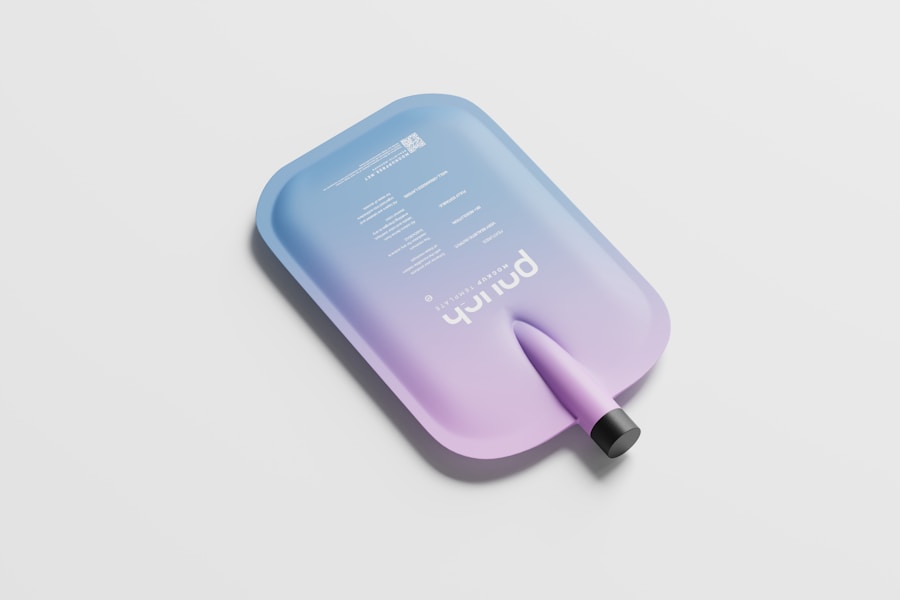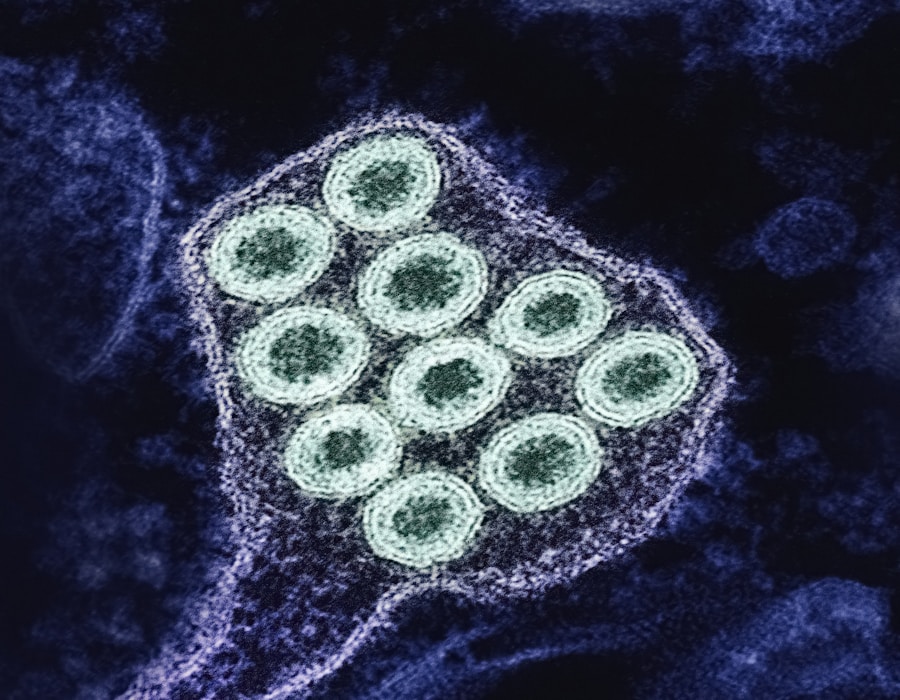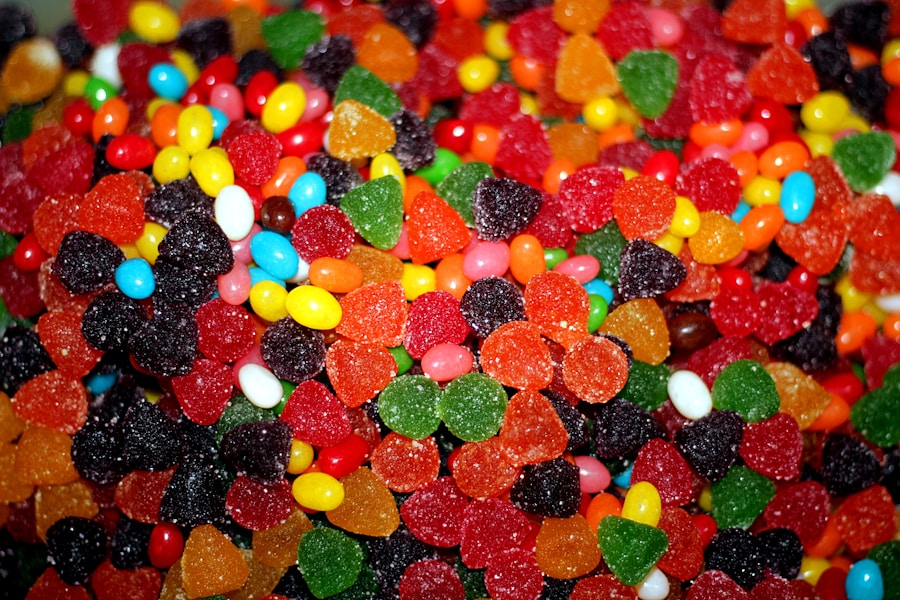Wet cat food is an essential part of a cat’s diet for several reasons. Firstly, it provides much-needed hydration for cats, who often do not drink enough water on their own. This is especially important for cats who are prone to urinary tract issues, as the extra moisture in wet food can help prevent these problems. Additionally, wet cat food tends to be higher in protein and lower in carbohydrates than dry food, making it a more natural and species-appropriate diet for cats. The higher protein content in wet food also helps to keep cats feeling full and satisfied, which can be beneficial for weight management. Furthermore, wet cat food is often more palatable for cats, making it a great option for picky eaters or cats with dental issues.
In addition to the health benefits, wet cat food can also be a great way to bond with your cat. Many cats enjoy the ritual of being fed wet food and see it as a special treat. This can be a great way to create positive associations with mealtime and strengthen the bond between you and your feline friend. Overall, wet cat food is an important part of a balanced diet for cats and can provide numerous health and social benefits for your furry companion.
Factors to Consider When Choosing Wet Cat Food
When choosing wet cat food for your feline friend, there are several important factors to consider. Firstly, it’s important to look for a high-quality protein source as the first ingredient. This could be chicken, turkey, fish, or another meat source. Avoid products that list “meat by-products” or “animal digest” as the main ingredient, as these are lower quality protein sources. Additionally, it’s important to consider the moisture content of the food. Look for wet cat food with a high moisture content, as this will help keep your cat hydrated and can be especially beneficial for cats prone to urinary tract issues.
Another important factor to consider is the carbohydrate content of the food. Cats are obligate carnivores, meaning they require a diet high in protein and low in carbohydrates. Look for wet cat food with minimal fillers such as grains, corn, or soy, as these can be difficult for cats to digest and may contribute to obesity and other health issues. Lastly, consider your cat’s individual needs and preferences when choosing wet cat food. Some cats may have dietary restrictions or sensitivities that require a specific type of food, while others may simply have preferences for certain flavors or textures. Taking these factors into account will help you choose the best wet cat food for your furry friend.
Exploring Different Types of Wet Cat Food
There are several different types of wet cat food available on the market, each with its own unique benefits and considerations. One of the most common types of wet cat food is canned food, which comes in a variety of flavors and formulations to suit different dietary needs. Canned wet cat food is convenient and easy to store, making it a popular choice for many cat owners. Another type of wet cat food is pouches or trays, which are often more convenient for single servings and can be easier to portion out for multiple cats.
In addition to traditional wet cat food, there are also specialty options available such as raw or freeze-dried wet cat food. Raw wet cat food is made from uncooked meat and is often considered a more natural and biologically appropriate diet for cats. Freeze-dried wet cat food is similar to raw food but has been freeze-dried to preserve nutrients and extend shelf life. These specialty options may be more expensive than traditional wet cat food but can provide additional health benefits for your feline friend. Ultimately, the best type of wet cat food for your cat will depend on their individual needs and preferences, so it’s important to consider all of the available options before making a decision.
Top Wet Cat Food Brands and Their Offerings
There are many top wet cat food brands on the market, each offering a wide range of products to suit different dietary needs and preferences. One popular brand is Royal Canin, which offers a variety of wet cat food options tailored to specific health concerns such as urinary tract health, weight management, and digestive issues. Another well-known brand is Hill’s Science Diet, which offers a range of wet cat food formulas designed to support overall health and wellness in cats of all ages.
For those looking for more natural and holistic options, brands such as Wellness and Blue Buffalo offer high-quality wet cat food made with premium ingredients and minimal fillers. These brands often use real meat as the first ingredient and avoid artificial colors, flavors, and preservatives. Additionally, there are specialty brands such as Weruva and Tiki Cat that offer unique flavors and formulations for cats with specific dietary preferences or sensitivities.
Ultimately, the best wet cat food brand for your feline friend will depend on their individual needs and preferences, so it’s important to consider all of the available options before making a decision. It’s also a good idea to consult with your veterinarian to ensure that you’re choosing the best wet cat food for your cat’s specific health concerns.
How to Transition Your Cat to Wet Food
Transitioning your cat to wet food can be a gradual process that requires patience and consistency. If your cat has been eating dry food exclusively, it’s important to introduce wet food slowly to avoid digestive upset. Start by mixing a small amount of wet food into your cat’s dry food and gradually increase the proportion of wet food over several days or weeks. This will give your cat’s digestive system time to adjust to the new diet and help prevent any adverse reactions.
It’s also important to make sure that your cat is getting enough hydration during the transition period. If your cat is used to getting most of their water from dry food, they may need some encouragement to drink more water while transitioning to wet food. You can try adding water or low-sodium broth to their wet food to increase moisture intake or provide additional water sources around the house.
Additionally, it’s important to monitor your cat’s weight and overall health during the transition period. Some cats may need adjustments to their portion sizes or feeding schedule as they transition to wet food, so it’s important to keep an eye on their body condition and adjust accordingly. With patience and consistency, most cats can successfully transition to a wet food diet and enjoy the many health benefits that it provides.
Homemade Wet Cat Food Recipes for the DIY Enthusiast
For those who prefer to make their own pet food at home, there are many homemade wet cat food recipes available that can provide a nutritious and balanced diet for your feline friend. One simple recipe involves combining cooked chicken or turkey with cooked vegetables such as carrots or peas and blending them together with water or low-sodium broth to create a smooth puree. This homemade wet cat food can be portioned out and frozen for easy serving.
Another popular homemade wet cat food recipe involves using canned fish such as mackerel or sardines mixed with cooked rice or quinoa and blended with water or broth to create a smooth consistency. This recipe provides a good source of protein and healthy fats for your cat while also being easy to prepare and store.
It’s important to note that homemade pet food recipes should be carefully researched and balanced to ensure that they meet all of your cat’s nutritional needs. Consult with a veterinarian or pet nutritionist before making any significant changes to your cat’s diet, especially if you’re considering homemade pet food recipes.
Frequently Asked Questions About Wet Cat Food
1. Is wet cat food better than dry?
Both wet and dry cat food have their own unique benefits, so it ultimately depends on your cat’s individual needs and preferences. Wet cat food provides more moisture and higher protein content, making it a great option for hydration and overall health.
2. How much wet cat food should I feed my cat?
The amount of wet cat food you should feed your cat will depend on their age, weight, activity level, and overall health. It’s best to consult with your veterinarian for personalized feeding recommendations.
3. Can I mix wet and dry cat food together?
Mixing wet and dry cat food together can be a great way to provide variety in your cat’s diet while still meeting their nutritional needs. Just be sure to adjust portion sizes accordingly based on the total calorie intake.
4. Are there any risks associated with feeding my cat wet food?
Feeding your cat exclusively wet food can increase the risk of dental issues such as tartar buildup, so it’s important to provide dental care such as regular teeth brushing or dental treats.
5. Can I feed my kitten wet cat food?
Wet cat food can be a great option for kittens as it provides essential hydration and high-quality protein for growth and development. Look for kitten-specific formulas that are tailored to their unique nutritional needs.
In conclusion, wet cat food is an important part of a balanced diet for cats and can provide numerous health benefits such as hydration, high-quality protein, and palatability. When choosing wet cat food, it’s important to consider factors such as protein source, moisture content, carbohydrate content, and individual preferences. There are many different types of wet cat food available on the market, each with its own unique benefits and considerations. Top wet cat food brands offer a wide range of products tailored to specific health concerns and dietary preferences.
Transitioning your cat to wet food can be a gradual process that requires patience and consistency, but with proper monitoring and adjustments, most cats can successfully transition to a wet food diet. For those who prefer homemade pet food recipes, there are many options available that can provide a nutritious and balanced diet for your feline friend when carefully researched and balanced.
Overall, wet cat food is an essential part of a healthy diet for cats and can provide numerous benefits for their overall health and well-being when chosen thoughtfully and introduced properly.





